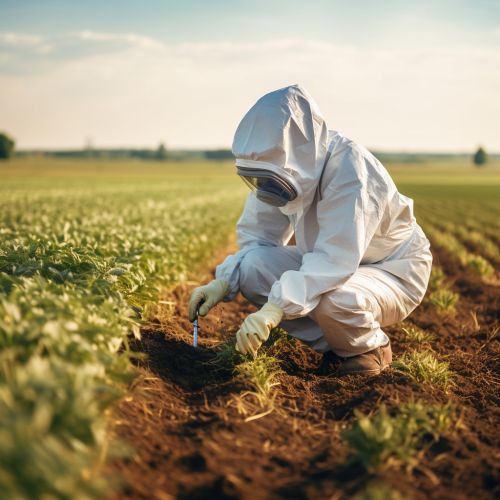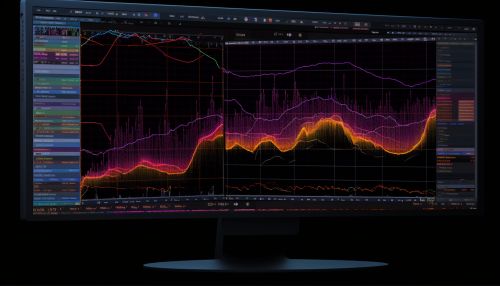The Role of Geostatistics in Predicting Groundwater Contamination
Introduction
Geostatistics is a branch of statistics focusing on spatial or spatiotemporal datasets. Developed originally to predict probability distributions of ore grades for mining operations, it is currently applied in diverse disciplines including petroleum geology, hydrology, and environmental science. It offers a range of applications from the estimation of petroleum reserves to the prediction of groundwater contamination.


Groundwater Contamination
Groundwater contamination occurs when man-made products such as gasoline, oil, road salts and chemicals get into the groundwater and cause it to become unsafe and unfit for human use. Materials can find their way to the groundwater by a number of routes, including surface water that is contaminated and then seeps into the groundwater.
Role of Geostatistics in Predicting Groundwater Contamination
Geostatistics plays a crucial role in predicting groundwater contamination. It provides a statistical approach to the spatial pattern recognition and prediction of groundwater quality parameters. Geostatistical techniques, such as kriging, are used to estimate the spatial distribution of contaminants and to predict the potential areas of groundwater contamination.
Spatial Pattern Recognition
Spatial pattern recognition is a key aspect of geostatistics and is crucial in predicting groundwater contamination. It involves identifying the spatial distribution of contaminants in groundwater. This is achieved by collecting samples from various locations within the study area and analyzing them for the presence of contaminants. The results are then plotted on a map to visualize the spatial distribution of contaminants.


Prediction of Groundwater Quality Parameters
Geostatistics is also used to predict groundwater quality parameters such as pH, hardness, alkalinity, and the presence of various ions. These parameters are important as they can indicate the presence of contaminants in the groundwater. Geostatistical models are used to predict these parameters based on the spatial distribution of the parameters in the study area.
Estimation of Spatial Distribution of Contaminants
One of the main uses of geostatistics in predicting groundwater contamination is the estimation of the spatial distribution of contaminants. This is achieved using geostatistical techniques such as kriging. Kriging is a method of interpolation that is used to predict the value of a variable at an unobserved location from observations made at nearby locations.


Prediction of Potential Areas of Groundwater Contamination
Geostatistics is also used to predict potential areas of groundwater contamination. This is done by identifying areas where the concentration of contaminants is likely to exceed the permissible limits. These areas are then marked as potential areas of groundwater contamination.
Conclusion
In conclusion, geostatistics plays a crucial role in predicting groundwater contamination. It provides a statistical approach to the spatial pattern recognition and prediction of groundwater quality parameters. Geostatistical techniques are used to estimate the spatial distribution of contaminants and to predict the potential areas of groundwater contamination.
